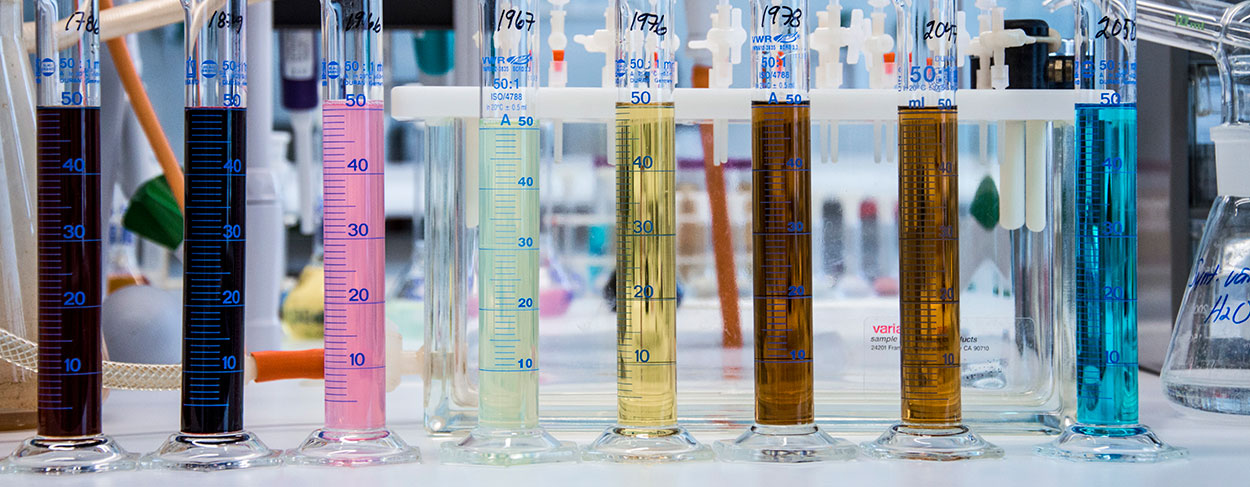
Alcoholic beverages may cause allergic reactions
By an allergy, we mean an intensified or altered response by the body to foreign substances, caused by hypersensitivity of the immune system. Common allergic symptoms include rashes, redness of the skin and swelling, asthmatic breathing symptoms, itchy eyes or stomach troubles.
- Alcohol allergy
- Sudden flush from alcohol
- Wine headache
- Coeliac disease and grain allergy
- Other substances that cause hypersensitivity and allergies
Alcohol allergy
An allergy to alcohol itself – that is, ethanol – is extremely rare. The most typical symptom is sudden hives, which can easily escalate to an anaphylactic reaction (that is, sudden hypersensitivity). The volume of alcohol required to trigger a reaction is usually about 8–10 grams. One serving (for example, one bottle of beer or 12 cl of wine) contains 11–14 grams of pure alcohol.
Alcohol can also cause a sudden hypersensitivity reaction via non-allergic mechanisms, such as during colds and flus, when someone who is hungover goes jogging, or when someone otherwise exerts themselves enough to break out in a sweat.
Sudden flush from alcohol
Even a small amount of alcohol can cause flushing of the face and upper chest, which may last for several dozen minutes. This is not, however, an allergic reaction. Contributing factors include menopause, acne rosacea, sensitivity to flushing (hereditary) and stress in social situations.
Wine headache
Many people who are susceptible to headaches – and in particular those with allergies – often get a migraine-like headache from just one glass of red wine. This is one symptom of the so-called red wine headache syndrome. The syndrome also involves a bad hangover whose severity may be out of all proportion to the amount of wine consumed. Although not much is known about this syndrome, tannins and sulphites are suspected cause of a wine headache.
Many researchers believe that a wine headache is often psychological, caused by a prior experience of a severe wine hangover. Drinking just one glass of the same wine at a later date can then trigger a headache.
Coeliac disease and grain allergy
Coeliac disease is an autoimmune disease in which the gluten in wheat, barley and rye causes inflammation of the mucosa of the small intestine and damages the intestinal villus. Those with a grain allergy have allergic reactions to certain grains – typically wheat, barley or rye.
Even if a beverage is 100% grain- and gluten-free, the alcohol it contains may irritate the intestinal mucosa and therefore be harmful.
Gluten-free alcoholic beverages include wines and distilled spirits. Most ciders and long drinks are also gluten-free. However, some ciders contain barley malt – always be sure to read the product information.
Gluten-free beers come in two varieties: beers brewed from naturally gluten-free ingredients, such as maize, and barley-based beers from which gluten has been removed. Even if the main ingredient of a beer is gluten-free, this is no guarantee that the beer itself is gluten-free. Always check the product information to see what ingredients the beverage contains. Barley can also be used to brew gluten-free beers. These beers are usually labelled “gluten-free”. Beer can be labelled gluten-free if it contains less than 20 ppm gluten, that is, 2 mg per decilitre. Browse Alko’s range of gluten-free labelled beers.
Someone with a grain allergy can be sensitive to any of the proteins in grain, including barley, rice, maize or sorghum. Many spirits are made from grain. The distilling process usually eliminates all proteins. That said, there are also 100% grain-free distilled drinks made from ingredients such as potatoes.
Other substances that cause hypersensitivity and allergies
Sulphites, that is, sulphur compounds
Sulphur compounds are used as preservatives in wines to prevent the oxidisation of the wine. Sulphur compounds are also created naturally during fermentation – entirely sulphite-free wines do not exist. White wines contain more sulphur compounds than red wines. Sweet white wines have the highest concentration.
Alko’s wine selection contains natural wines, which are made using either zero or minimal added sulphites. Natural wines also contain sulphites, as they are created naturally during fermentation. Read more about natural wines.
Sulphite-free alcoholic beverages include distilled drinks.
Tannins, that is, plant phenols
Tannins are found in all plants, but grape skins and seeds contain more than average. Tannins are one of the suspected causes of a wine headache. The skins of red grapes are used in the production of red wine, and are only removed after fermentation. When making white wine, the grape skins are removed before the fermentation process begins.
Colourants
The colourants added to beverages may cause allergic reactions and even sudden hypersensitivity. Alcoholic beverages sold in the EU only use colourants with E codes permitted under legislation. Colourants are used in drinks such as liqueurs and bitters.
Biogenic amines
The most important biological amine is histamine. It occurs throughout nature, and also in red and white wines. Biogenic amines can cause a hypersensitivity reaction or a headache. Alcohol increases the effect of amines, as it hinders the operation of the enzyme that breaks down amines.
In addition to the aforementioned substances, allergic and asthmatic symptoms may be caused by things such as yeasts, spices and quinine.
Source: Allergy, Skin and Asthma Federation
Article picture: Folio Images



